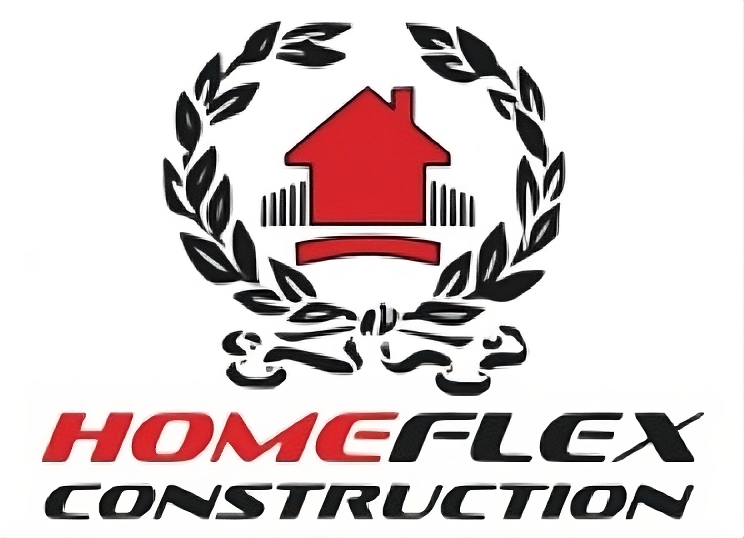When it comes to home exteriors, the pros and cons of stucco homes are worth knowing. Stucco has been a favorite forever — it’s durable, looks great, and even helps with energy bills. Stucco is the go-to choice for homeowners who actually care about both beauty and practicality. But, hey, no exterior material is perfect! If you’re looking to buy a stucco house or thinking about installing it, you need to see both sides of the story. Making a smart decision means knowing the whole deal.
Why People Rave About Stucco (The Awesome Parts)
1. It Looks Classic, Period.
Stucco gives your place this seriously clean, elegant look that just works with everything. That textured surface? It lets you get super creative, smooth, rough, patterned, whatever you want! Plus, you can tint the stucco itself any color imaginable, so you don’t have to worry about repainting constantly. It’s an easy way to personalize your home.
2. Durability is Its Middle Name.
Installed right and maintained? Stucco will outlive your old car. It fights fire, pests, and rot way better than most siding options out there. If you live in a dry or moderate climate, like the Southwest, for example, stucco is a total champion against environmental wear and tear. It lasts forever.
3. It’s a Natural Money-Saver.
Stucco is basically a built-in insulator. The dense material slows down heat transfer, which keeps your house cooler when it’s blazing hot and warmer when it’s freezing outside. Combine that with good insulation layers, and watch your heating and cooling costs drop significantly over time.
4. Maintenance? Nah.
Compared to wood siding, stucco is low-effort. You need to clean it occasionally, maybe patch a tiny spot now and then, that’s generally it! It doesn’t chip or peel easily, so that great look stays for years without needing frequent touch-ups or refinishing.
5. Built-In Fire Safety.
It’s cement-based, so stucco is naturally fire-resistant. That’s a huge bonus, obviously, and sometimes it even means you get lower insurance premiums if you live in a high-heat area.
The Dark Side of Stucco (The Expensive Parts)
1. Moisture is the Enemy
Stucco does great when it’s dry, but heavy rain or high humidity? Not so much. If the contractor didn’t install the right moisture barriers, water can sneak behind the surface, causing major cracking, mold, and structural damage. You absolutely have to inspect it regularly to catch water intrusion early.
2. Cracks Happen, Get Over It
Because stucco is rigid, it will crack as your home settles or as the weather makes things expand and contract. Little hairline cracks are normal; you can patch those. But big cracks let moisture right in and compromise the whole wall if you don’t handle them immediately.
3. Fixing It is a Pain (and Pricey)
When you have a big issue like moisture damage or foundation settling, stucco repair gets complex and expensive. Matching the color and texture during patching is notoriously difficult, especially on older homes where nobody knows the original mix anymore.
4. Installation Cannot Be Messed Up
The success of your stucco is 100% dependent on the pro who installs it. A bad job leads to weak adhesion, cracking, and improper sealing right away. You must hire a stucco contractor who knows exactly what they’re doing for this to last.
5. It Hates the Cold and Wet
Stucco thrives in dry or temperate zones, but it’s not the best choice for places that are constantly wet or freeze hard. Those freeze-thaw cycles cause the surface to crack and deteriorate over the long haul if it’s not perfectly protected.
Conclusion
Stucco is a clear winner for its timeless beauty, energy savings, and sheer strength. But let’s be real, it’s not for every climate. Homeowners must consider where they live, the level of maintenance they are willing to do, and whether they can afford a high-quality installation. In the right environment, stucco boosts your property value and curb appeal for decades. It simply needs care and attention to maintain its enduring charm.
